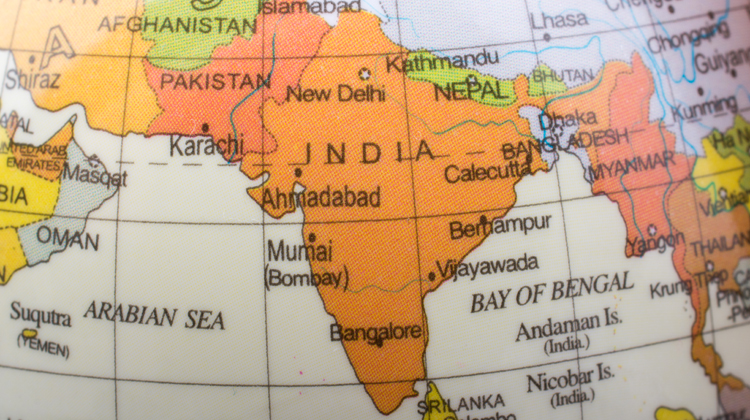From WAR ROOM —Online Journal of the U.S. Army War College
The American national security bureaucracy is in love with India. Designating India as a “major defense partner” in 2016, then-defense secretary Ashton Carter noted this would allow “the United States and India to cooperate…in a way that we do only with our closest and most long-standing allies.” India’s prominence in the latest National Security Strategy, the rechristening of the U.S. Pacific Command as the Indo-Pacific Command, as well as two new US-India military agreements all reflect the Pentagon’s hope that rising India will be a natural counterweight to a revisionist China.

And the Pentagon does have a point. India’s economy will soon be larger than that of the United Kingdom. Relative to China, India’s demographic profile is better poised to sustain economic growth. Its military expenditure is the fifth largest in the world and the country is now closer to acquiring a functional nuclear triad. Finally, a democratic, multi-ethnic, multi-religious India—it has the third-largest Muslim population in the world—provides a sharp contrast to an authoritarian, repressive China.
That said, India’s national security policies contain unresolved dilemmas that create challenges for both its posture and what the country can do with—and for—the United States. Five themes emerge upon a closer look at India’s defense policy: a persistent mismatch between India’s capability and threat environment; a small military-industrial ecosystem that affects domestic defense production; blurred lines between internal and external security priorities; weak coordination structures; and finally, poor communications and signalling strategies.
Continue reading here.